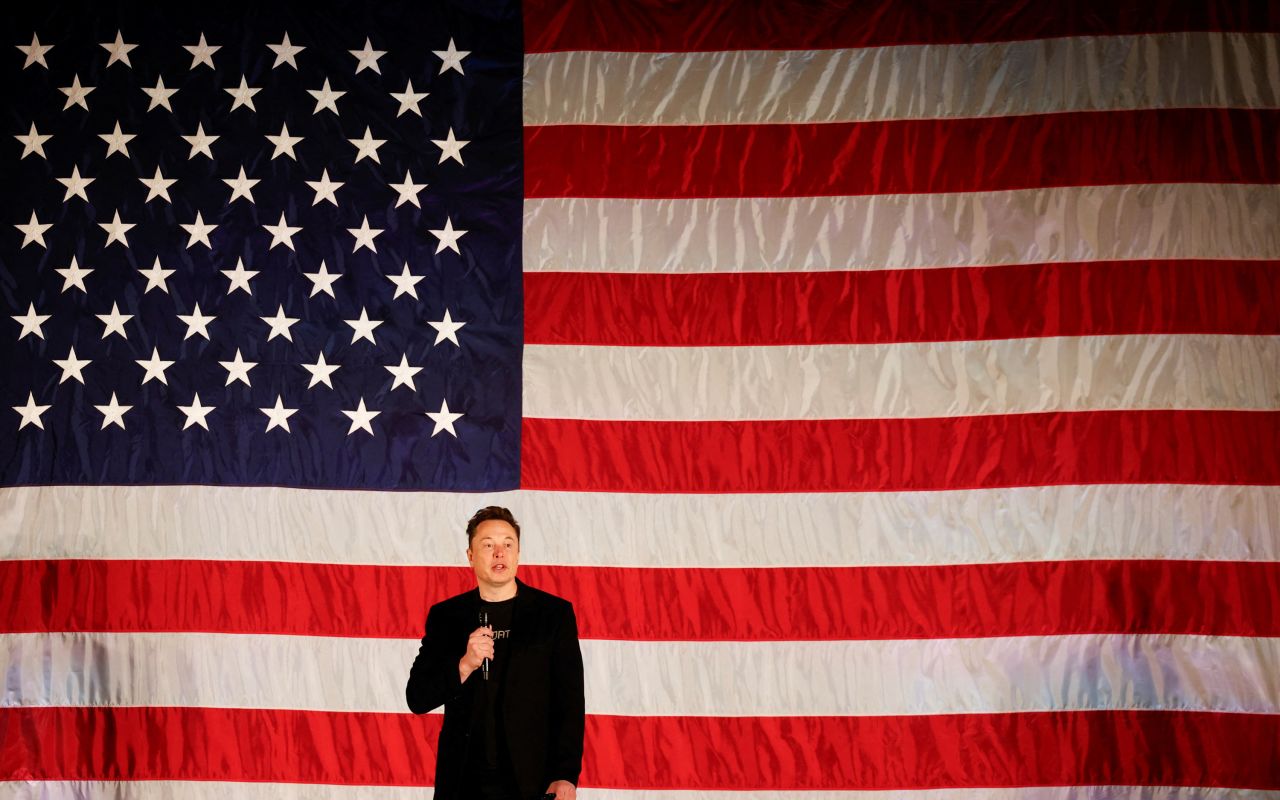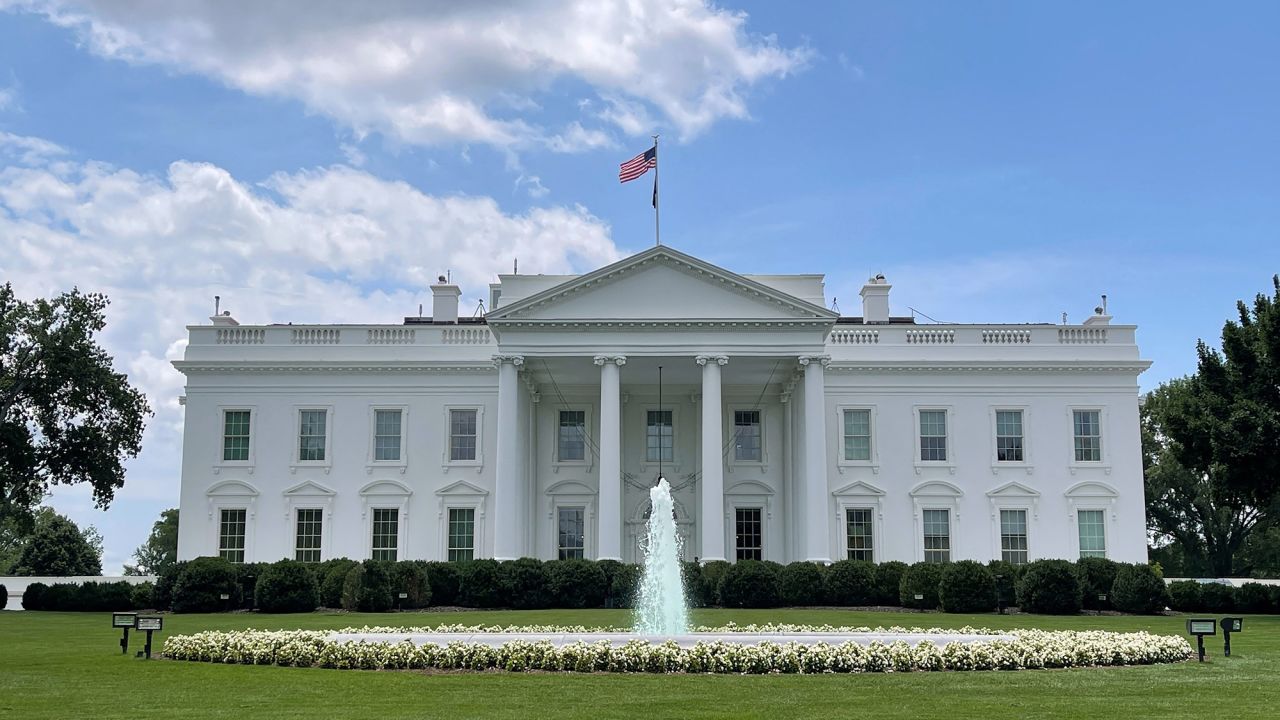Anyone who had any doubt that Donald Trump’s love of tariffs is true should take note of his new promise, for Day 1 of his presidency, to slap products imported from Canada and Mexico with 25% taxes.
Trump said the new taxes on those foreign goods, along with a 10% hike in tariffs on products from China, would remain in place “until such time as Drugs, in particular Fentanyl, and all Illegal Aliens stop this Invasion of our Country!”
Are these new threats a bargaining tactic meant to bring the countries to the table on immigration, or are they real promises? We shall see in time. Meanwhile, it’s worth looking at why Trump can impose these tariffs without input from Congress.
This is not what the Constitution envisioned: After all, the Constitution specifically gives Congress, not the president, the power to “regulate Commerce with foreign Nations.”
How does Trump have the power to impose tariffs without any input from Congress? It’s pretty much the opposite of what’s in the Constitution, and it didn’t happen right away.
Smoot-Hawley tariffs exacerbated the Great Depression: In the years after World War I, Congress had embraced isolationism and imposed tariffs on imports into the US as a way to protect US companies and workers from competition. As the Great Depression was beginning, Congress went back to this tool and imposed a law named for then-Sen. Reed Smoot of Utah and then-Rep. Willis Hawley of Oregon. The additional across-the-board tariffs in the Smoot-Hawley Act kicked off a trade war that exacerbated the Great Depression.
After Franklin D. Roosevelt took office along with a Democratic majority, lawmakers corrected in the other direction. In 1934, they passed the Reciprocal Trade Agreements Act, which gave the president power to lower import duties for countries with which the US had trade agreements.
For tariffs, Trump has instead focused on that 1962 law, which requires a report from his administration justifying tariffs as a national security matter but does not require a vote by Congress. Notably, President Joe Biden maintained Trump’s first-term tariffs on China and even increased some.
Read Wolf’s full analysis here.






















